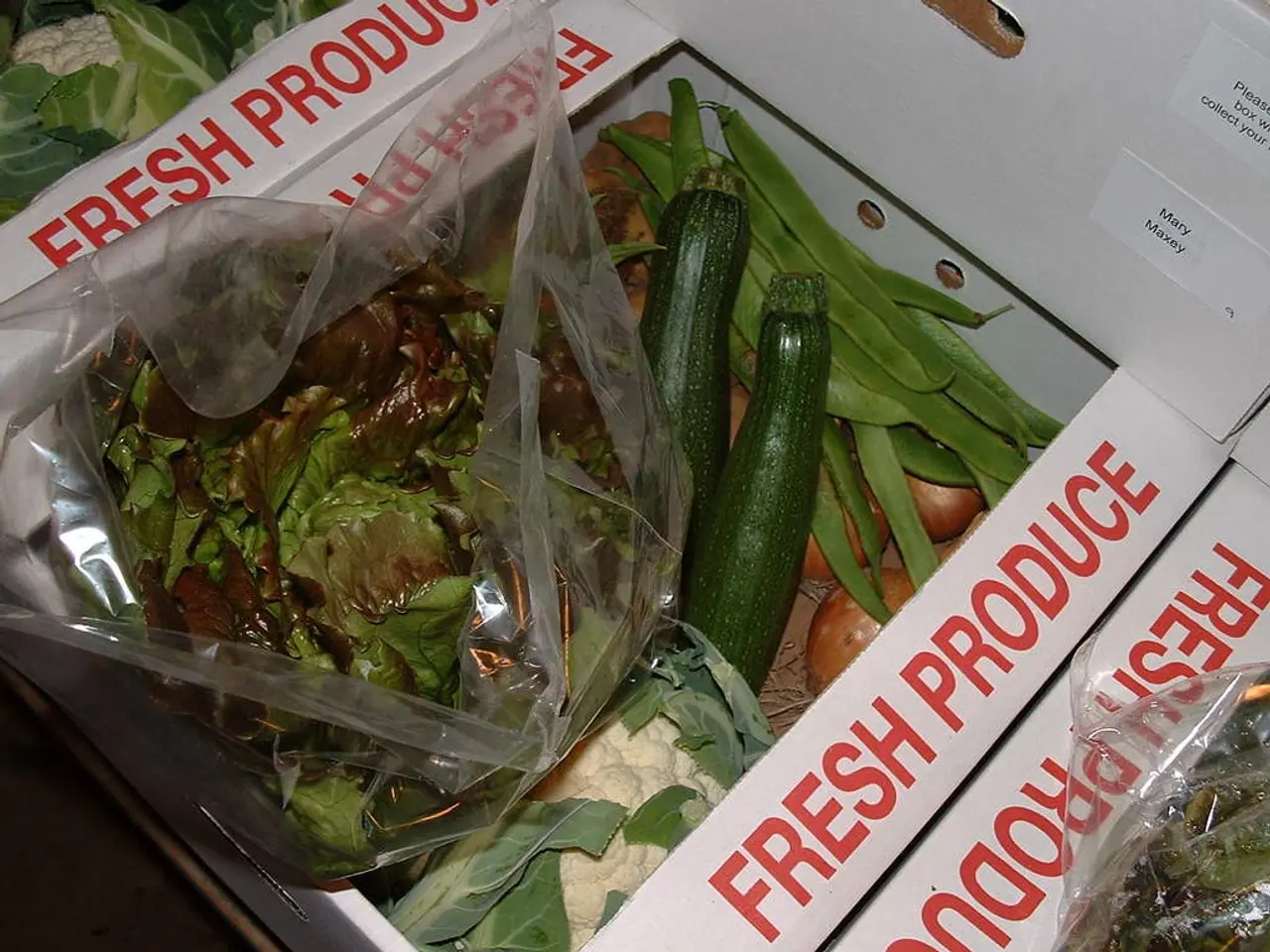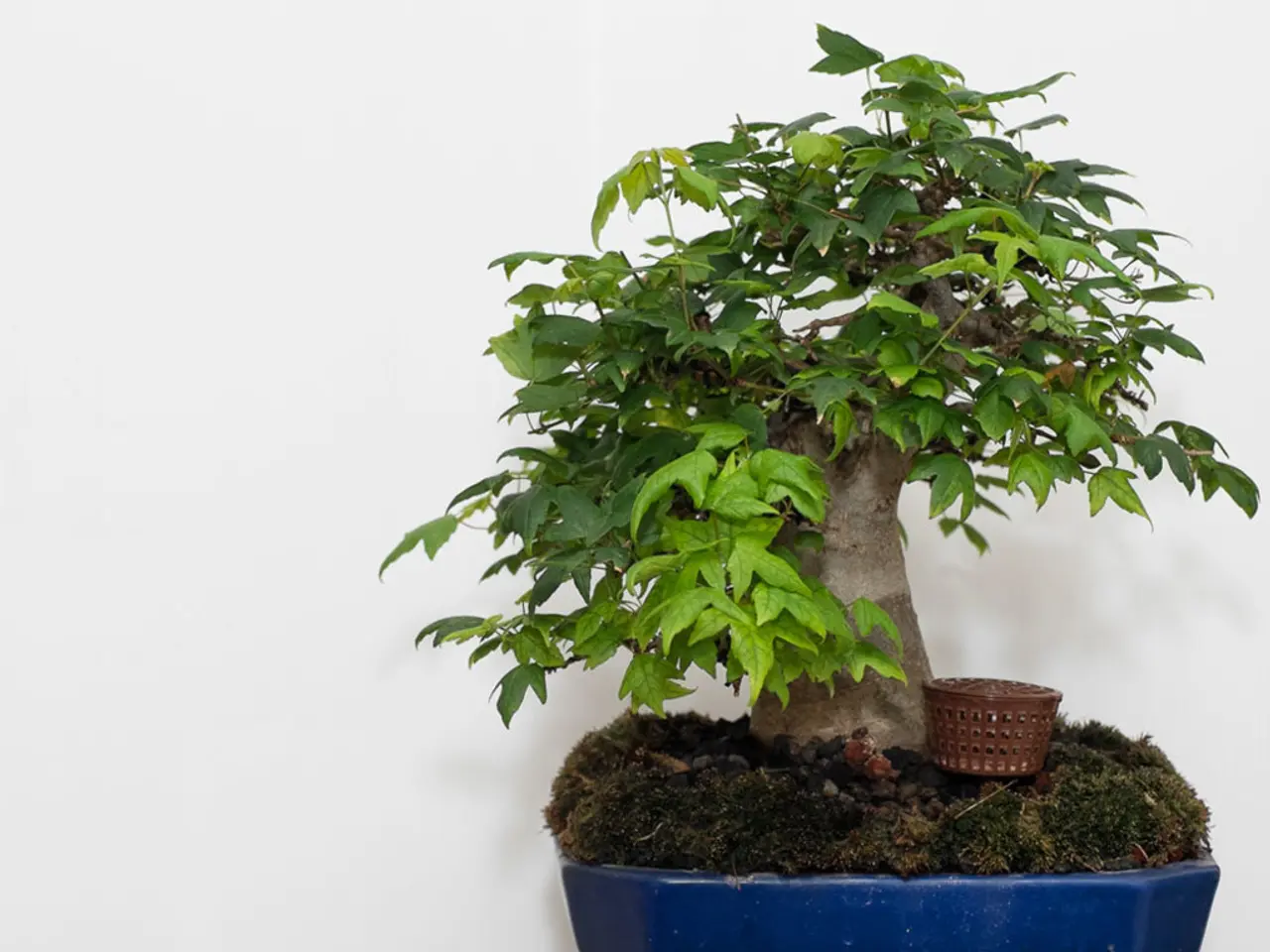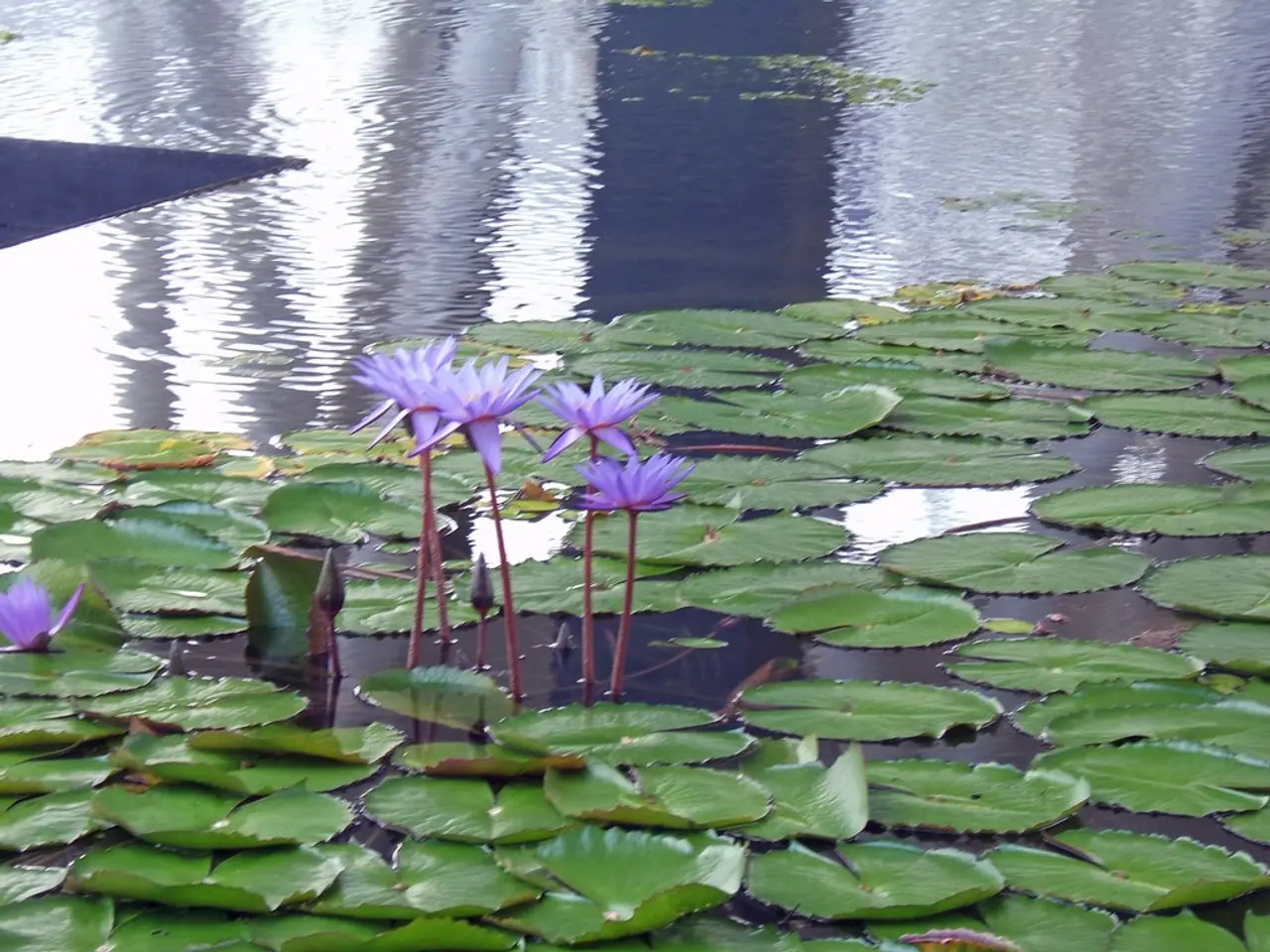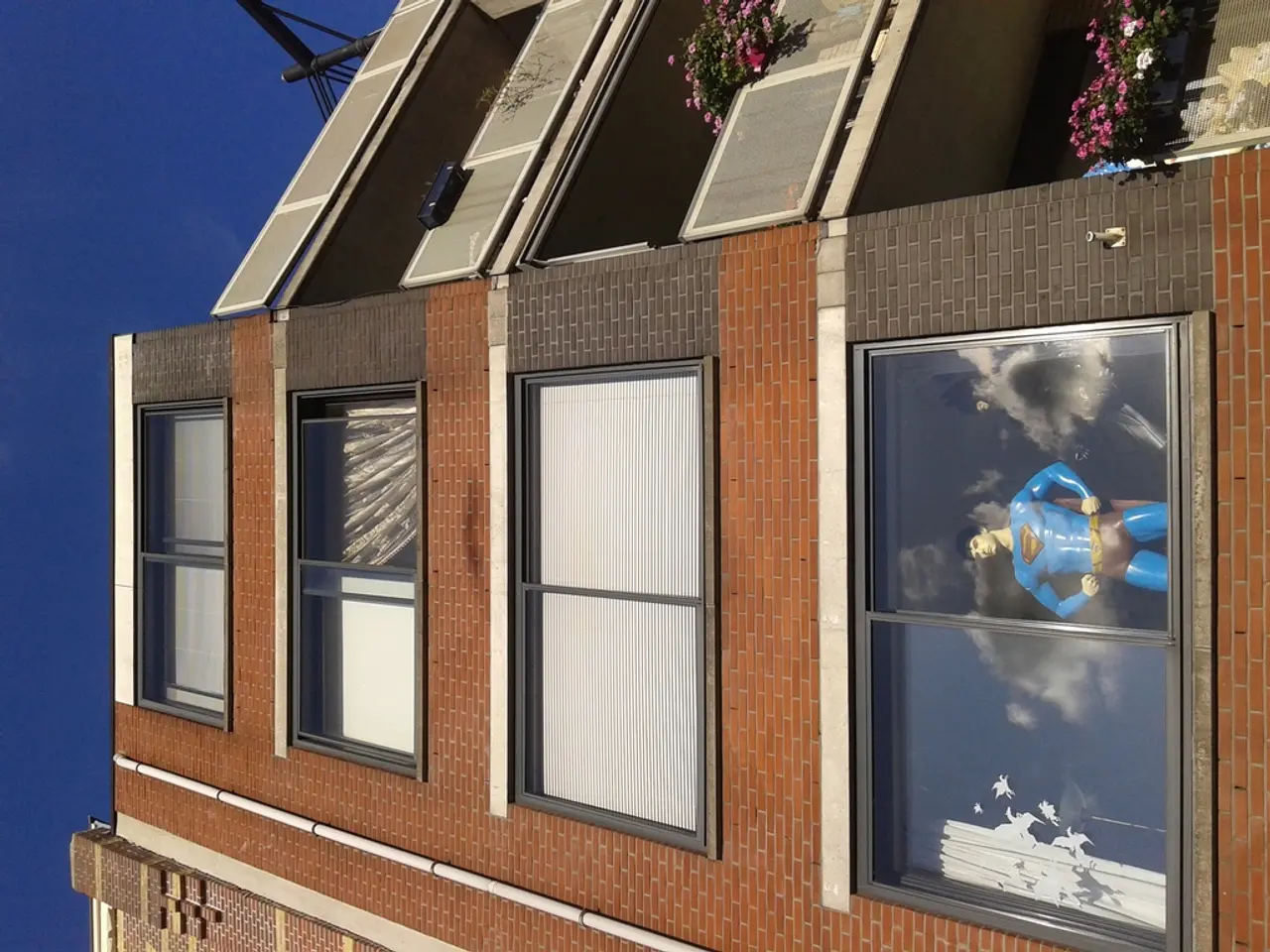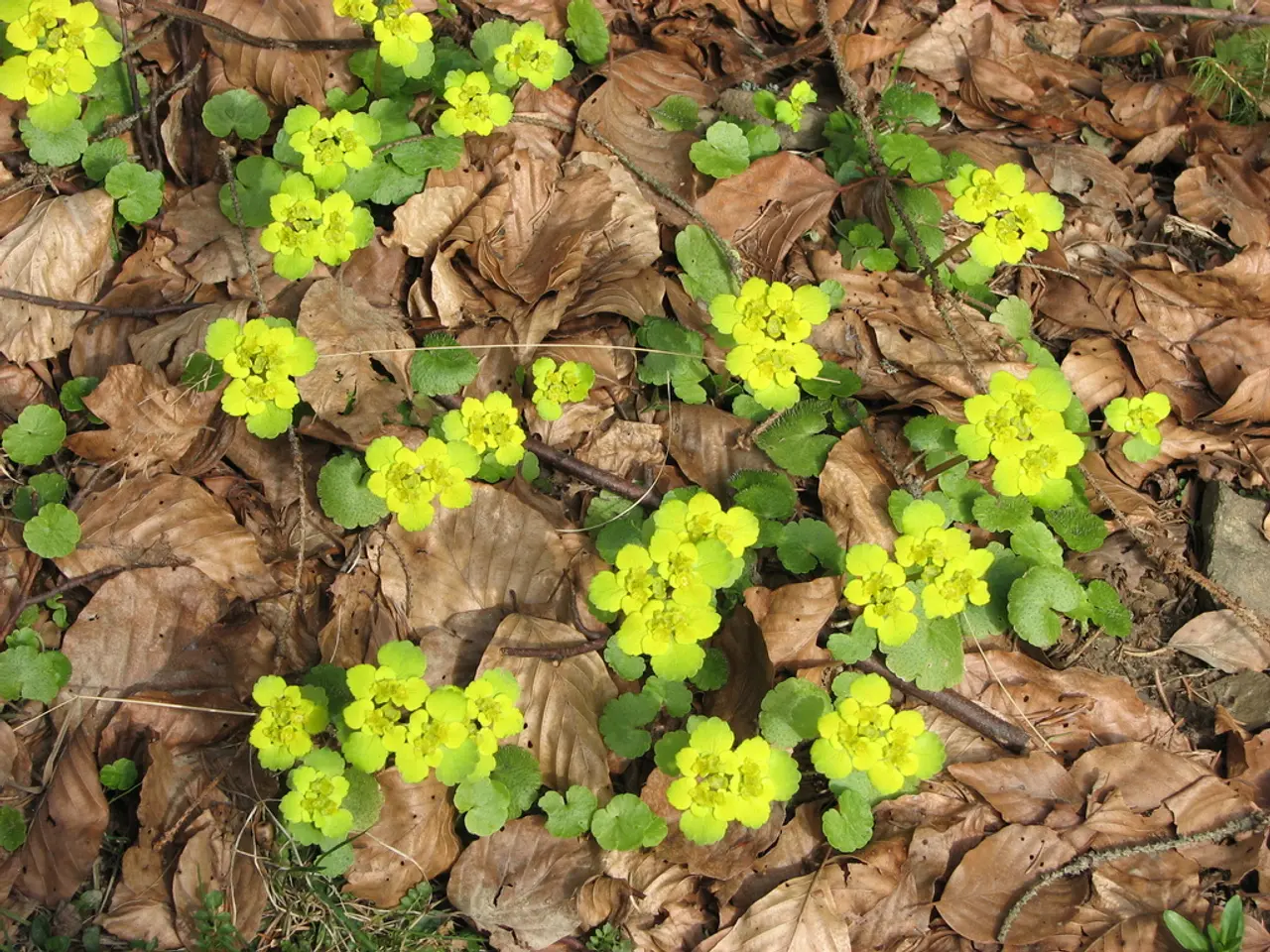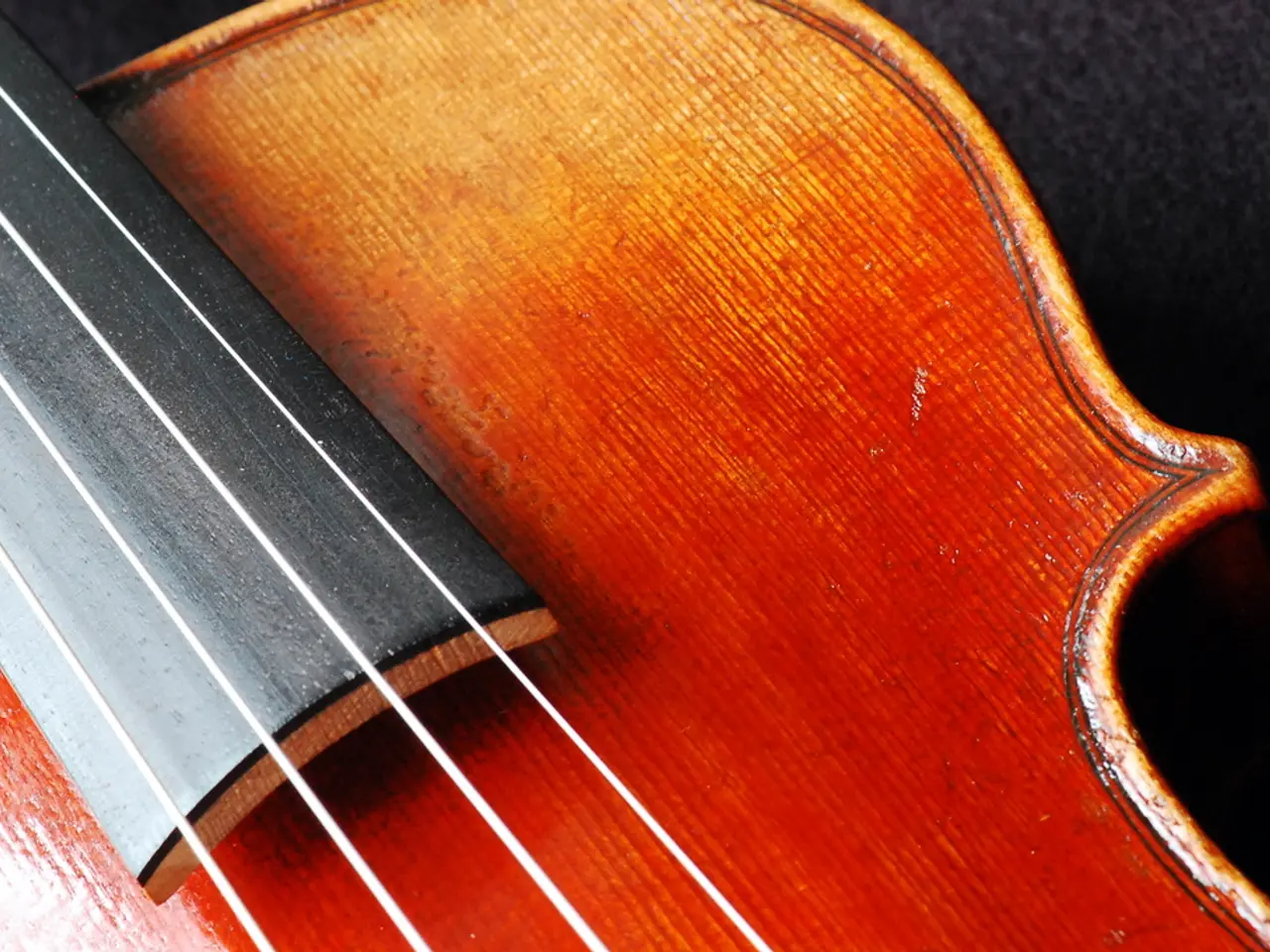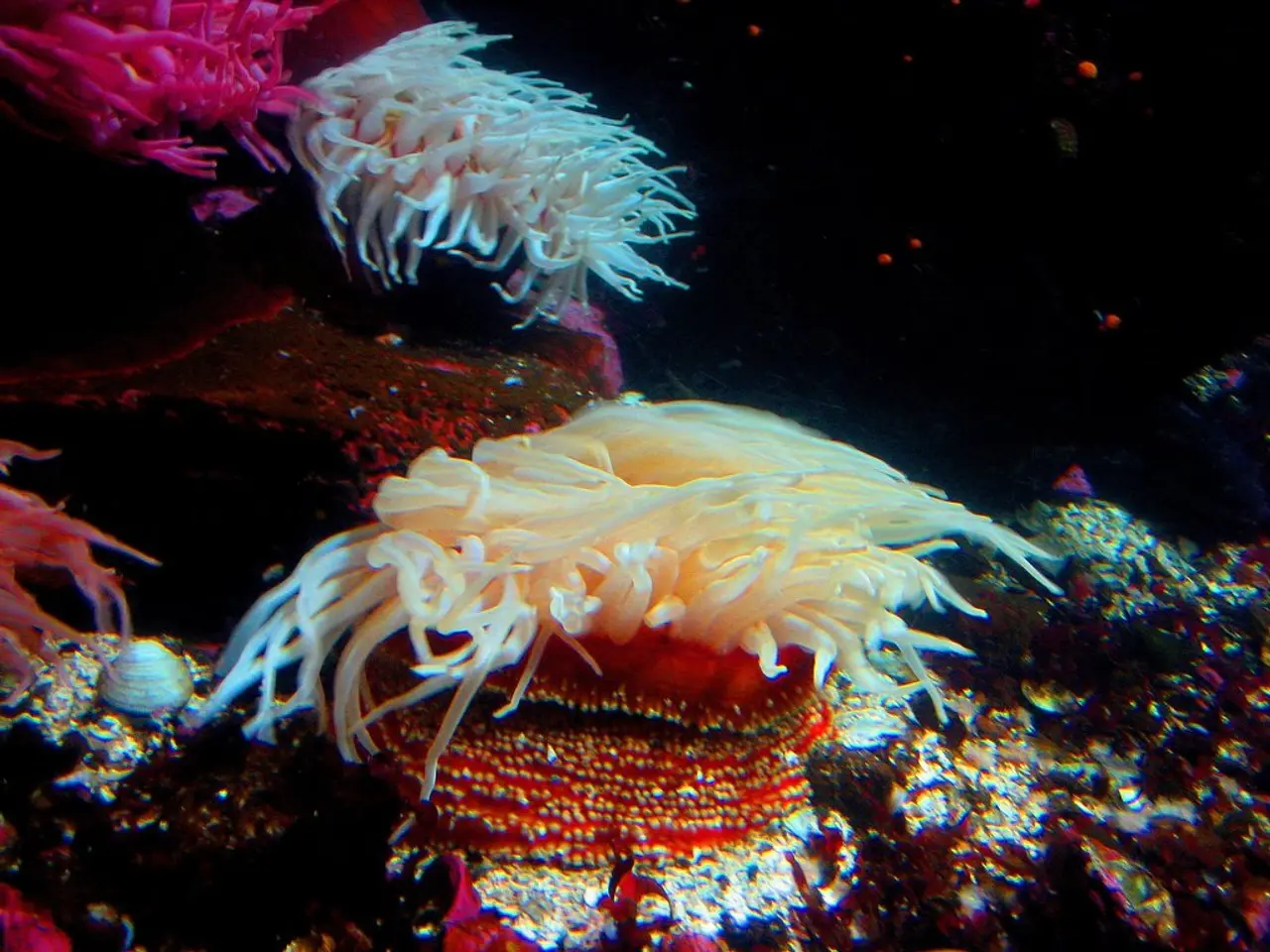Successfully Starting Seeds Indoors: A Comprehensive Guide
Ready to conquer your growing season and enjoy a bountiful harvest? Start by learning how to grow plants from seeds indoors like a pro! Here's a step-by-step guide on nurturing those seeds into thriving seedlings.
The Beauty of Growing from Seeds
Over the years, I've been a big fan of seed-starting. It offers several benefits:
- Cost-effective: A packet of seeds can last several growing seasons, while a single plant from a greenhouse might cost almost the same.
- Variety Galore: Tons of unique and heirloom varieties are only available as seeds, giving you a chance to explore various flavors and colors.
- Taking Control: Knowing exactly how your plants have been grown provides you with peace of mind, especially if you prefer organic produce.
- Ideal for Certain Plants: Some crops, such as peas, beans, carrots, radishes, and beets, do better when grown from seed instead of transplanted.
- Garden Bounty: Immerse yourself in satisfying, self-sustained gardening by creating a mini grocery store in your backyard.
- Healthy Plants: When you grow your own plants from seeds, you'll significantly reduce the risk of introducing pests or diseases from nursery plants.
- Eco-friendly: Opting for seed-starting reduces your reliance on commercial greenhouses, which often use synthetic fertilizers and chemicals that aren't exactly eco-friendly.
Seeds Deserving Indoor Start
While some seeds are best direct-sown outdoors, others thrive far better when started indoors. Most seed packets will provide information on whether seeds should be started indoors or direct-sown, along with details about growing conditions. Here are some seeds perfect for indoors:
Star Seeds for Indoor Germination:
- Onions (seeds): Need a long growing season.
- Peppers: Require warm soil and a long growing season.
- Tomatoes: Like peppers, tomatoes are warm-weather crops that benefit from an early start.
- Brassicas (broccoli, cabbage, kale, Brussels sprouts, cauliflower): Develop stronger transplants when started indoors.
- Lettuce: Can be started indoors for an early harvest.
- Herbs (basil, thyme, oregano, parsley, etc.): Germinate well in controlled conditions.
Seeds Better Off Direct-Sown
On the flip side, some seeds do best when sown directly into the soil:
- Peas and beans (legumes): Prefer not to be transplanted.
- Root vegetables (carrots, beets, radishes, turnips, potatoes, onion sets): Grow best when sowed directly into the soil.
- Corn: Prefers warm soil and often does better when directly sown.
Bulk Up Your Seed Stash
Most garden centers carry a selection of seeds, while online shops offer a broader range. If you live in Vancouver Island, Canada, I'd recommend getting your seeds from West Coast Seeds. In the U.S., consider True Leaf Market, or, this year, I'm trying out Survival Garden Seeds' Homesteader Pack!
Timing Is Everything
It's crucial to know your frost dates to plan the ideal planting time for both indoor seed-starting and direct-sowing seeds. Use online calculators to determine your frost dates, and be sure to check your seed packet for specific guidelines on when and how to start seeds. Here are some general rules of thumb:
- Onion Seeds: Start in January or February.
- Peppers & tomatoes: Start in late February or early March (peppers usually take longer, so start them a little earlier).
- Brassicas: Start about six weeks before your last frost date.
- Herbs: Start 6-8 weeks before the last frost date.
- Squash and pumpkins: Start 3-4 weeks before planting out.
To make the most of your space, take advantage of the days to maturity, or days to harvest, when planning your indoor seed-starting. For warm-season crops like tomatoes and peppers, starting them indoors assists in ensuring they have enough time to grow to maturity and bear fruit before the weather warms up.
Seed Germination Requirements
Seeds need moisture, warmth, and air to germinate. Once sprouted, seedlings require light. To achieve successful germination, consider the following:
- Moisture: Ensure the soil remains damp, but not waterlogged. Use a spray bottle to water the soil.
- Warmth: Most seeds germinate best at room temperature between 68-86°F.
- Airflow: Proper ventilation prevents mold and damping-off diseases.
- Pre-sprouting: Pre-sprouting seed can speed up germination for larger seeds like peas and beans. Smaller seeds, such as tomatoes and peppers, can be placed in a damp paper towel inside a Ziplock bag until they sprout.
Choosing the Right Soil
Select seed-starting mix, as it optimizes seed germination and growth. Fill whatever containers you choose with the seed-starting mix, water the soil, plant the seeds, and lightly cover them with soil. Make sure to label everything.
Containers for Every Sprout
There are various container options for seed-starting, each with unique advantages and disadvantages. Consider the below:
- Seed trays/cell trays: Great for seed-starting, but seedlings will likely require transplanting to larger pots.
- Peat pots: Biodegradable; easy to transplant, but need to be repurchased each year.
- Larger containers: Good for larger seedlings but take up space.
- Recycled plastic containers: Cost-effective, so long as you add drainage holes.
- Soil blocks: Reduce plastic waste and allow for air pruning of roots.
- DIY containers: Crafty options include newspaper or toilet paper rolls, but they require time and may need to be transplanted and discarded.
Planting Seeds
Once you're ready to plant your seeds, fill the containers with seed-starting mix, water the soil, plant the seeds at the correct depth (generally plant seeds twice as deep as they are wide), cover the seeds with soil, and label them.
Seeds Spacing
Aim to plant only one seed per container or cell unless you wish to increase the chances of germination and save space by thinning the seedlings later. For some crops, scatter a few seeds in each pot, thin them, and transplant the seedlings to larger pots when they've grown their first set of true leaves.
Water and Light
Provide consistent moisture and keep the soil from drying out or becoming waterlogged. Use a spray bottle to water the soil or pour water into the pots if needed.
Seedlings need 12-16 hours of light per day. Natural light from a window usually isn't sufficient, so consider using fluorescent lights or LED grow lights positioned 2-4 inches above the seedlings.
Don't forget to rotate seedlings in a sunny window to give them equal chances to grow under optimal conditions.
As your seedlings grow, care for them by thinning out weaker seedlings, ensuring proper watering, providing adequate airflow, fertilizing sparingly, and hardening them off before transplanting them outside. Happy growing!
Transforming your home and garden through gardening, consider starting with seeds indoors during the colder months. By growing seeds like onions, peppers, tomatoes, brassicas, lettuce, and herbs indoors, you can enjoy a variety of plants and flavors before the outdoor growing season begins.
Taking advantage of seed-starting also allows you to maintain control over the growing process and cultivate healthier, pest-free plants that are eco-friendly. By optimizing your space and timing, you can create a bountiful harvest and contribute to a sustainable lifestyle.
